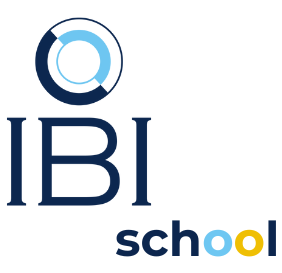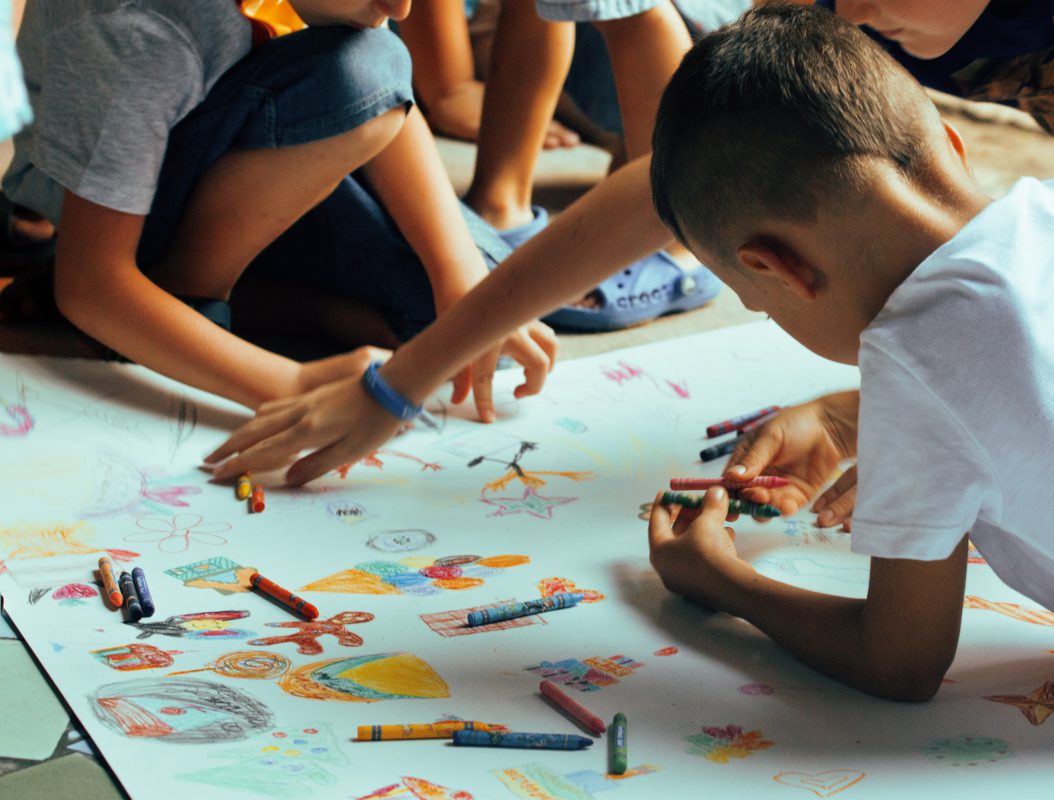A flipped learning model, most importantly, allows teachers to redefine what happens during class time.
“What makes the flip good is that it leads to other things,” Bergmann says. “It’s the pivot point. Once the teacher gets out of the front of the room, deeper learning strategies happen — strategies that have been around for a long time but don’t get used very often because the teachers are stuck in the front of the room.”
Redefined classroom time looks different across different grade levels and subject matter. Humanities teachers can use that time to facilitate discussions, mock trials and analysis of primary source material. History teachers finally have the time to assist students with research projects. Science students do more lab work. Language arts teachers can engage students in project-based learning. Math teachers might implement peer instruction. And all teachers finally have time to work with their students in smaller groups and one-on-one settings.
The flipped model is not simply “sending kids to watch videos without rethinking about what actually happens in the class,” Bergmann notes. The hallmark of good teaching is still about relationships with students. Because instructional videos watched at home allow teachers to redefine class time, educators are better able to personalize learning and tailor it to each student.
“What you see in classrooms is more creativity and individuality. In my class, students are not only consumers but producers of online content. I had kids creating iMovies. One group chose to talk about what would happen in Washington if we continued to use pesticides and eliminated the bee population. They consumed a lot of online content to learn about that, then created a PSA to educate a wider audience.” – Melissa Munson-Merritt
Munson-Merritt also spoke about how she also uses the devices to have digital conferences with students. “In the traditional sense, conferencing with each of them individually is impossible,” she admits.
Not only does technology allow for more creativity and accountability, but perhaps the biggest benefit of using technology to flip the classroom is that the kids who need the most help get the most help. A flipped solution makes learning rewindable. Munson-Merritt’s students have her audio comments captured right next to their papers. Bonner’s students have access to practice quizzes and online resources. Bergmann’s and Sams’ students could finally pause and rewind their chemistry teachers, stopping to carefully copy formulas or listen one more time to an explanation.
Flipped learning is also a beneficial time-saver for students at the other end of the spectrum. Those who understand concepts quickly no longer need to sit in class, bored to death, as a teacher provides example after example of something they understood the first time around. Some strapped-for-time high schoolers even reported listening to the lecture in double time.
“If you are a parent and all of the sudden you have access to instructional video, it just opens the world up for you to parent your kid better,” Brown – A math teacher says.
“In the next 10 years, some form of what I’m doing will be the norm,” Brown predicts. Or at least he hopes. He is an ardent advocate for flipped learning not only because it provides the personalized learning that is good for students, but also because it’s made him a better, happier teacher.


